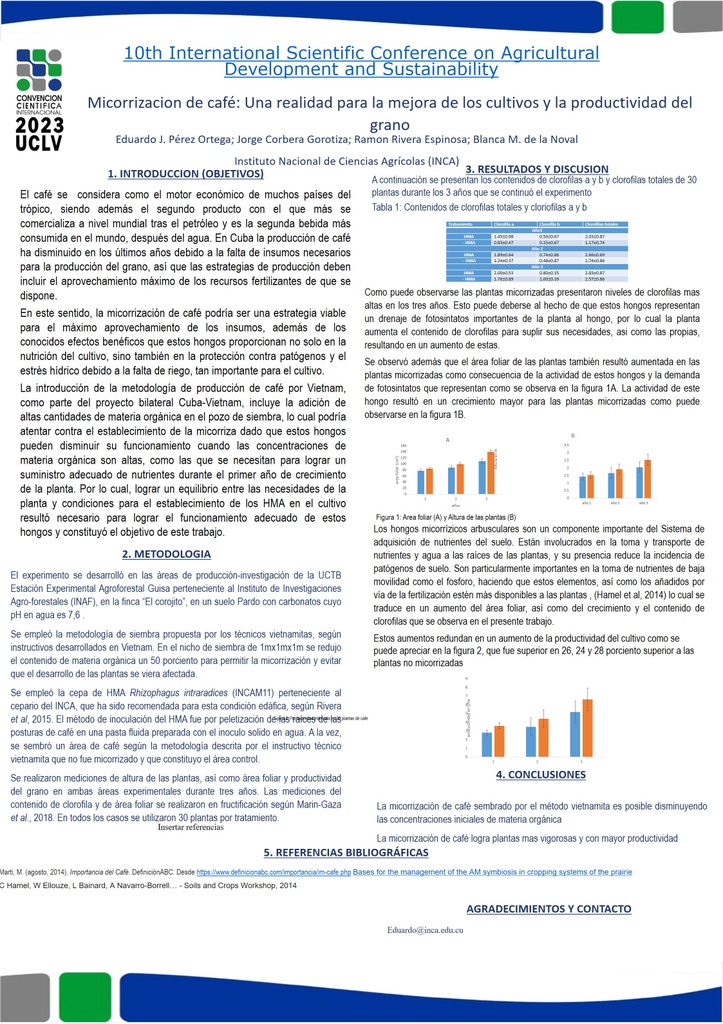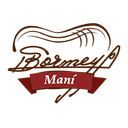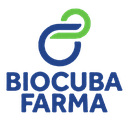Executive Secretary

IX Conferencia Científica Internacional sobre Desarrollo Agropecuario y Sostenibilidad
X Simposio de Agronomía

Resumen
Como parte del proyecto bilateral de colaboración Cuba-Vietnam, un campo control micorrizado de café fue montado en las áreas de producción-investigación de la UCTB Estación Experimental Agroforestal Guisa perteneciente al Instituto de Investigaciones Agro-forestales (INAF), en la finca “El corojito”, en un suelo Pardo con carbonatos cuyo pH en agua es 7,6 . Este campo demostrativo fue sembrado al mismo tiempo junto a un campo sin inocular. En ambas áreas se empleó el método de plantación según la tecnología vietnamita, con una modificación para el campo micorrizado, dada que esta tecnología emplea un alto contenido de materia orgánica que se añade al nicho de siembra y que fue reducido para el campo micorrizado. El método de inoculación del HMA consistió en peletización de las raíces de las posturas en el momento del transplante. Se empleó la cepa Rhizophagus intraradices (INCAM11) perteneciente al cepario del INCA. Se realizaron mediciones de altura de las plantas, así como área foliar, contenido de clorofilas y productividad del grano en ambas áreas experimentales, resultando que el café micorrizado presentó un incremento de la altura, área foliar, contenido de clorofilas y productividad de un 17, 26, 24 y 28 porciento respectivamente que se observó, en algunos de los indicadores, desde el primer año de cultivo y que fue sostenido durante los tres años de investigación-observación.
Abstract
As part of the bilateral Cuba-Vietnam collaboration project, a coffee mycorrhizal control field was set up in the production-research areas of the UCTB Guisa Agroforestry Experimental Station belonging to the Agroforestry Research Institute (INAF), on the “El corojito”, in a Brown soil with carbonates whose pH in water is 7.6. This demonstration field was planted at the same time next to an uninoculated field. In both areas, the planting method was used according to Vietnamese technology, with a modification for the mycorrhizal field, given that this technology uses a high content of organic matter that is added to the planting niche and which was reduced for the mycorrhizal field. The AMF inoculation method consisted of pelletizing the roots of the seedlings at the time of transplanting. The Rhizophagus intraradices strain (INCAM11) belonging to the INCA strain collection was used. Measurements of plant height, as well as leaf area, chlorophyll content and grain productivity were carried out in both experimental areas, resulting in the mycorrhizal coffee presenting an increase in height, leaf area, chlorophyll content and productivity of 17. 26, 24 and 28 percent respectively that were observed, in some of the indicators, from the first year of cultivation and that was sustained during the three years of research-observation.
Sobre el ponente

Eduardo J. Pérez Ortega

Discussion

